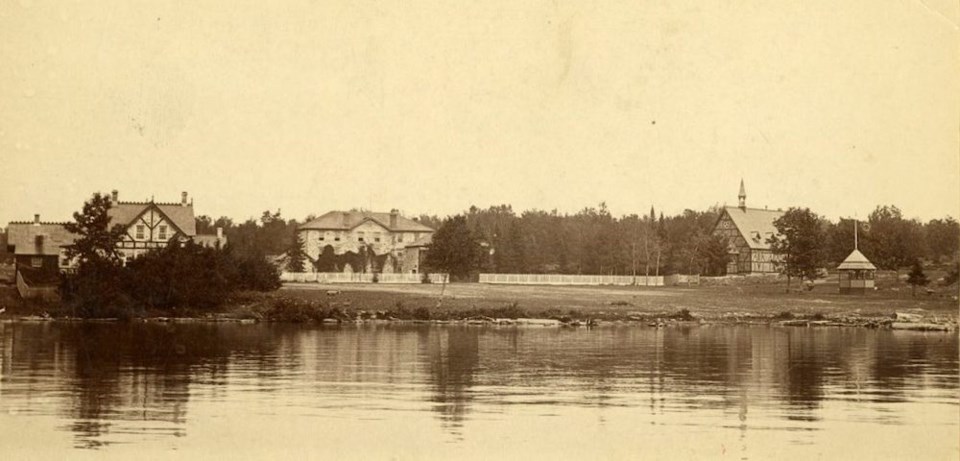Today, Jonathan Wilkinson, the Minister of Environment and Climate Change and Minister responsible for Parks Canada, announced the designation of the former Shingwauk Residential School site as a as a national historic site under the National Program of Historical Commemoration.
"It is one of the few surviving residential school sites where a number of preserved built and landscape elements continue to testify to the long history of the residential school system in Canada. Among these, the Shingwauk Cemetery contains 109 known burials, including 72 students who died between 1875 and 1956," states a news release issued today by Parks Canada.
Full text of that news release follows:
Residential schools were part of a shameful and racist colonial policy that removed Indigenous children from their communities and denied them their families, language and culture. These institutions have had enduring negative impacts on First Nation, Inuit and Métis communities, cultures, economies, traditional knowledge and ways of life, languages, family structures, and connections to the land.
Today, the Minister of Environment and Climate Change and Minister responsible for Parks Canada, Jonathan Wilkinson, announced, the designation of the Former Shingwauk Indian Residential School in Sault Ste. Marie, Ont., as a national historic site under the National Program of Historical Commemoration.
The former Shingwauk Indian Residential School is located on Robinson-Huron Treaty Territory within the traditional homelands of Anishinaabe and Métis peoples, in Sault Ste. Marie, Ont. During its operation from 1875 to 1970, more than a thousand Indigenous children from Ontario, Quebec, the Prairies, and the Northwest Territories attended Shingwauk Indian Residential School.
It is one of the few surviving residential school sites where a number of preserved built and landscape elements continue to testify to the long history of the residential school system in Canada. Among these, the Shingwauk Cemetery contains 109 known burials, including 72 students who died between 1875 and 1956.
Since the institution’s closure, its site and main building (Shingwauk Hall) have been used for cultural reclamation, cross-cultural education and learning, and reinterpreted as a place for healing and reconciliation. The former residential school property encompasses the present campus of Shingwauk Kinoomaage Gamig and Algoma University.
The Shingwauk Education Trust, Anglican Church and the Algoma District School Board also have a shared responsibility for areas of the site. Parks Canada worked in collaboration with the Children of Shingwauk Alumni Association and the Shingwauk Residential Schools Centre to tell the stories of Survivors and determine the historic values of the site.
The experiences of former students and Survivors of the Shingwauk residential school and other residential schools across Canada continue to affect generations of First Nations, Inuit and Métis families and communities. These designations are an important part of the Government of Canada’s response to Call to Action 79 of the Final Report of the Truth and Reconciliation Commission.
National historic designations are the result of nominations to the National Program of Historical Commemoration. They commemorate all aspects of Canadian history, both positive and negative. While some designations recall moments of greatness and triumph, others encourage reflection of the tragic, complex and challenging moments and experiences that define the Canada of today. In sharing these stories, Canadians have opportunities to learn about the full scope of our shared history, including the difficult periods that are part of our past and have shaped our present-day.
